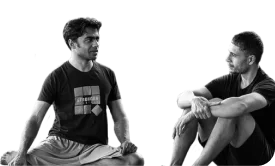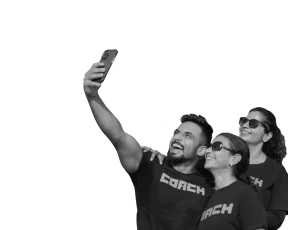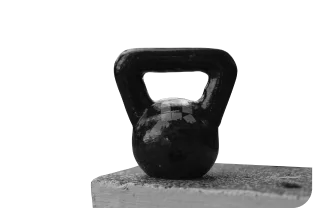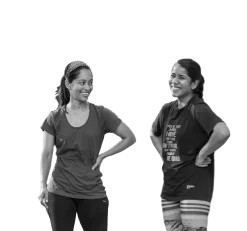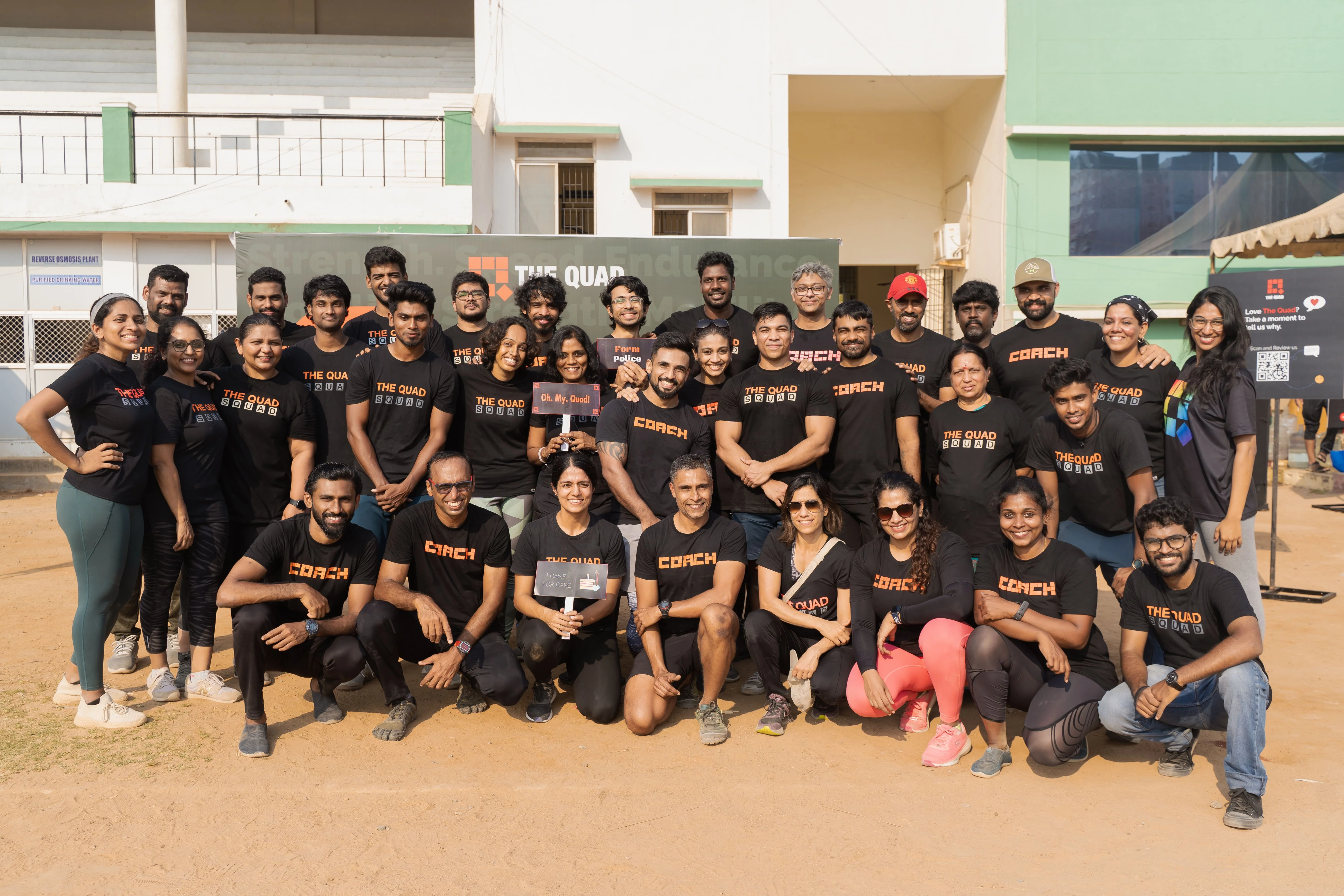Stretching 101: Why is it important and how to stretch safely
Jan 22, 2024 ∙ 12 mins read
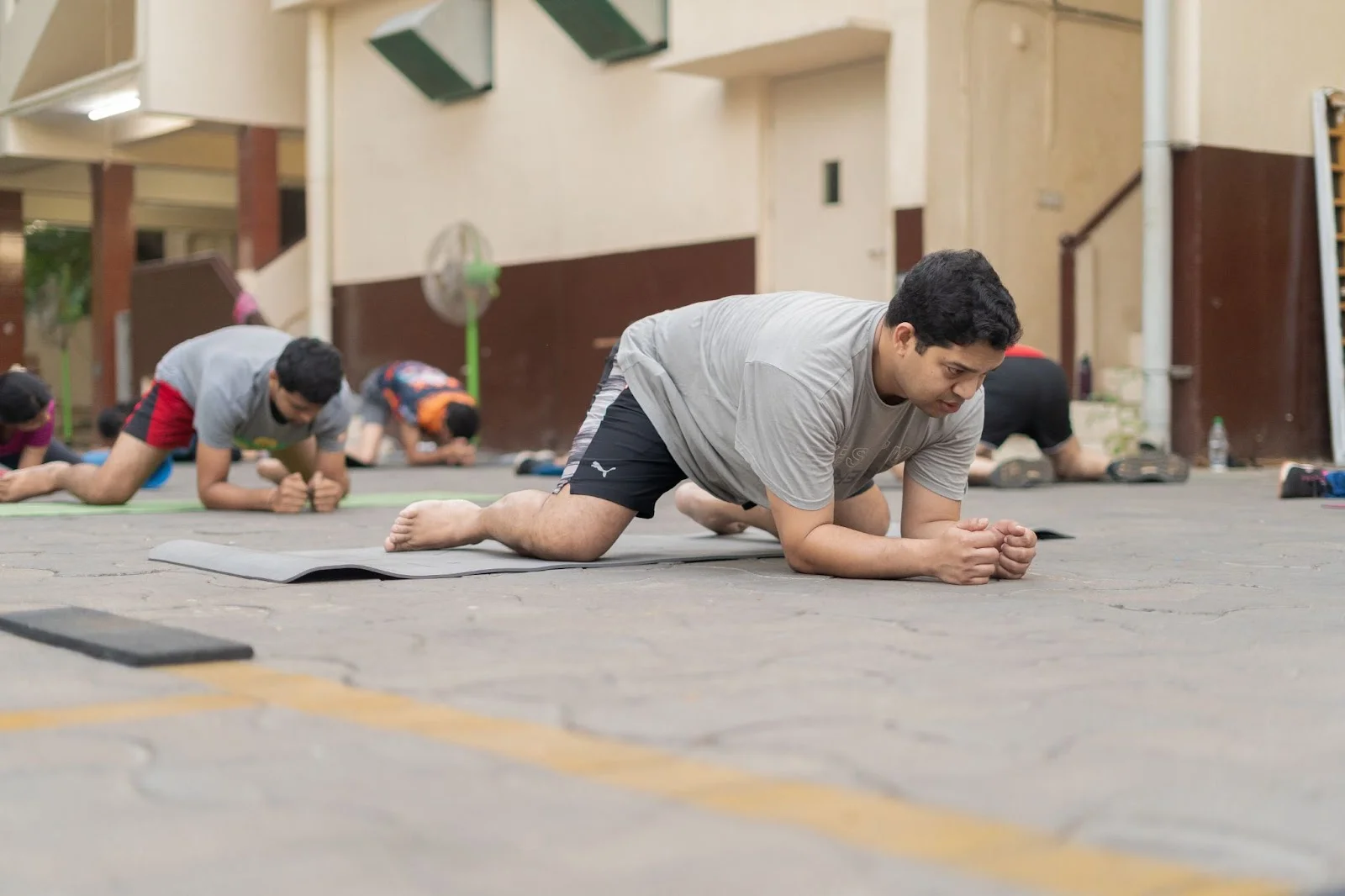
Confession time: I am not a fan of doing stretching exercises. In fact, whenever my physical therapist used to prescribe me some stretches because I have pulled a muscle in my neck or wrenched my wrist (again!), I always approach it with as much aplomb as the medieval prisoner walking up the scaffold.
The sensible part of me understands the importance and agrees that I need it for better health. But that part gets drowned out by the tantrumming child that whines "but it is SO boringggg!"
In order to stop this habit, I am on a mission to do a deep dive and learn all about stretching: static stretches, dynamic stretching, the proper technique necessary, what regular stretching does for your body, when is the best time to do them, how to establish a daily stretch routine, what simple stretches can we incorporate into our everyday activities to make them accessible, as well as detailed instructions to a sample stretching routine.
Let's go.
What are the different types of stretches
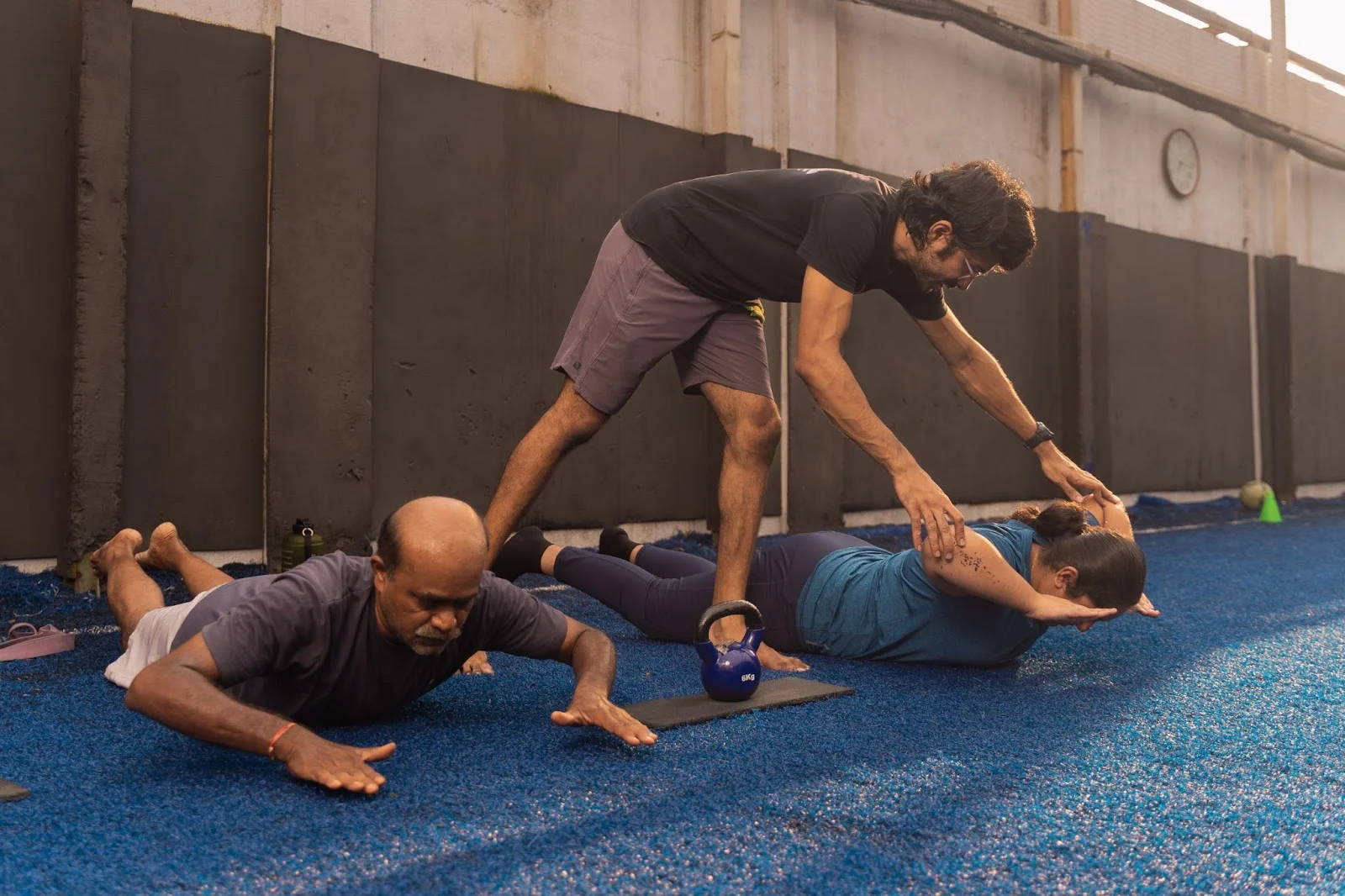
Stretches can be broadly classified into static and dynamic stretches. When you sit, stand or lie down and hold a position for a length of time, you are performing static stretches. Examples of this are tricep stretches, calf stretch, shoulder stretch etc.
Dynamic stretches, as the name suggests, involve movement - it is when you do a controlled movement pattern involving your muscles, ligaments and soft tissues so that they are warmed up, ready to withstand the vigour of daily life and/or your exercise routine. Examples of dynamic stretches are torso twist, walking lunge etc.
You can do the static stretches on warm muscles, ie, after your exercise routine and dynamic stretches on cold muscle, as a warm up to your workout.
What does regular stretching do
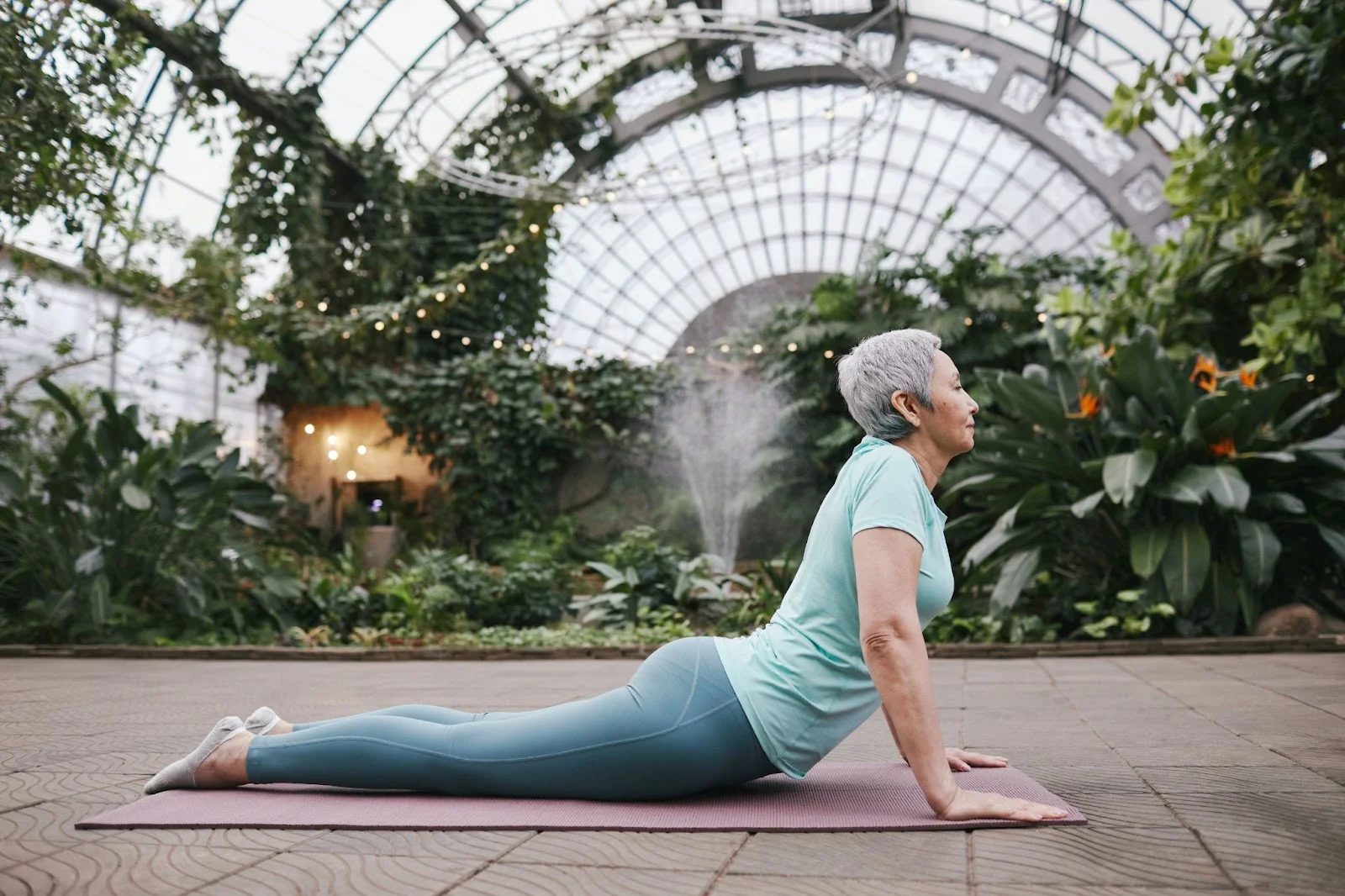
Stretching increases the length of a muscle when you hold a (stretched) pose. When you do this regularly, over time it increases the length of a muscle even when it is at rest (resting length). The greater the resting length of a muscle, the more supple it is and can move freely across its intended range of motion.
The increase in resting length can vary greatly. For lower body stretches it is recommended that you hold each static stretch for a minimum of 50-60 seconds, for upper body stretches it’s around 40-50 secs. Any duration above that is fine. The minimum number is the amount of time it takes for your body to loosen up and allow that particular muscle to relax into that stretch.
In addition to the change in muscle length, the process of stretching also increases blood flow to the stretched muscles. This is important as increased blood flow improves recovery and healing.
Why should you stretch
Reduced risk of injuries
Short and tight muscles are at an increased risk of being strained or pulled when the body is subject to physical activity. Incorporating regular stretching into your movement routine helps avoid this.
Reduced soreness and improved recovery post-workout
The increased blood flow aids the process of healing which is crucial to getting stronger. Additionally, better recovery also means that you’re in better shape for your next workout.
Prevents muscles from becoming perennially short and tight
Sitting for long hours or holding any position for long hours, involves putting certain muscles in a shortened state (sitting makes your hip flexors short and tight). Over the long term, these muscles become short and tight even when not sitting. Stretching helps prevent this to a certain degree and helps you move through your daily activities better.
Should everyone stretch?
How do you know if you’re tight and inflexible? There's a simple test: Stand up and get your feet together, while keeping your knees straight. Now, slowly bend over, and gently; see if you can touch the floor with your fingers. If you’re unable to do then your body is kinda stiff and a good stretch regularly, involving the major muscle groups, would do you a world of good.
What if you can touch the floor, easily? Extremely flexible people are advised not to stretch even if it provides relief. Why? Muscle tension. If their muscles are not short and tight, to begin with, they are long and lax already. Performing stretches on such muscle groups would do more harm than good. Instead, it is better to do other movement patterning that concentrates on range of motion and fitness routines that are gentle and do not involve any risk of injury.
How to stretch safely
Now this is very important. For all the world of good they bring to your life, it is counter productive if your stretching routine ends with you curled up in a ball of pain. So, how does one stretch safely?
By keeping certain basic things in mind: moving gently, yet purposefully; listening and paying attention to your body and moving with it; not forcing your body into a desired position by fighting with it; and by stopping immediately in the event of pain.
Moving with your breath, ie, breathing deeply, emptying your lung and using that rhythm to sink into and deepen the stretch would ensure you are working with your body. Yanking your limbs aggressively and pushing to the point of pain are all ways to land yourself in a physical therapy rehab clinic.
When should you stretch?
The answer to this question is complex as it can vary from person to person: different types of people need different solution. Depending on your muscle tension and how active a life you lead, you can decide on the when. Some people wake up in the morning stiff as a board. Watching them get out of bed and take the first few steps is like watching a primitive robot learn to walk. As their fascia warms up, their gait and movement patterns becoming more fluid. Such people would benefit from a gentle flow like an Original Strength reset.
Others that are alredy bendy and flexible can just stick to a quick warming up of the specific muscle groups they will be utilising in their workout routine, before getting started. Then there are the older, more infirm among us would benefit from a little extra time spent in a deep stretch like the elevated child's pose followed by a few deep breaths, or a trunk twist to work on the torso.
If someone is in chronic pain, they are looking for pain relief. A good physical therapist can give them a routine to get a comfortable stretch practice going that would provide them with relief.
Here's a simple yet comprehensive stretching routine you can adapt straightaway. (Provided you aren't in pain and/or in therapy for injury.)
Start from the top of your head. Do neck nods: move your head up and down, with your eyes open and staring at the horizon. Breathe deeply, involving your diaphragm. After 20 such nods, move to moving your neck laterally, side to side.
Next, move to your shoulder. Extend your arms to the sides and do some shoulder rolls. Move your arm at the shoulder join, first clockwise and then counter-clockwise. Feel your shoulder blades juicing up. Do some wrist rolls.
Move down to your middle. Bend at the waist and stretch your fimgers down to the ground. Slowly relax into this pose and you will feel yourself elongate. After a few deep breaths in this pose, slowly come back up.
Next drop into a few lunges: regular lunges, curtsey lunges, just mix them up. Throw in some deep prying squats too.
Finally, walk a few steps forward on your tippy toes. Walk back on your heels. Do this a couple of times. Finish up by standing with your arms and feet easy and wide and twist a couple of times from your waist, side to side. Optionally, you can finish up in a child's pose.
Just follow this for 5-10 minutes daily. Work at your own pace, breathing into each step as you move from one gentle stretch to another. As we get older, our bones, ligaments and sinew tend to start creaking with reduced use. By incorporating this gentle stretching routine into our daily life, we can enjoy a greater range of motion, maintain good posture and ensure we enjoy better overall health - both physical health and mental, which a supple body and mind can give us.
